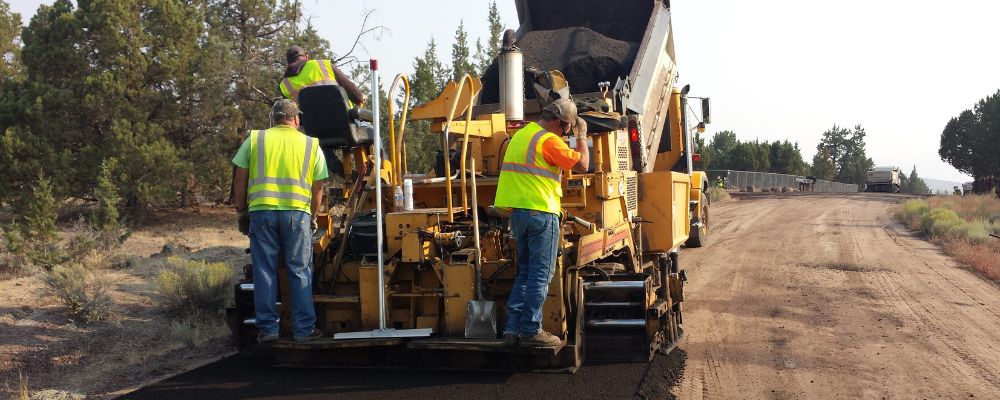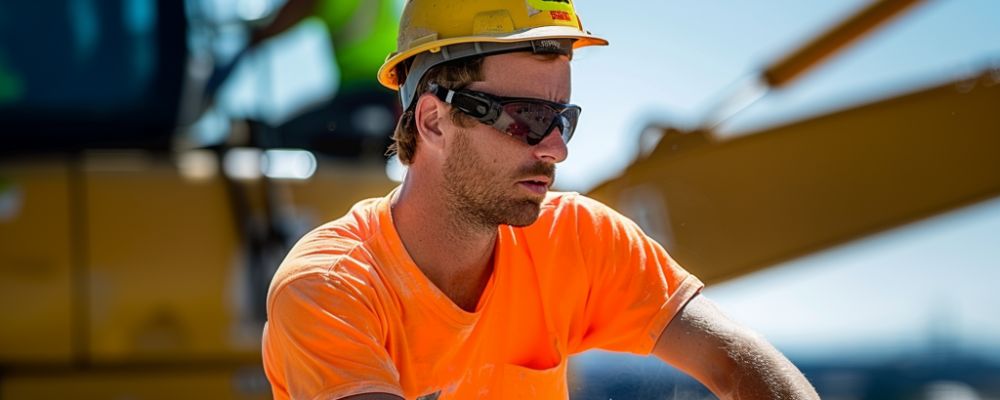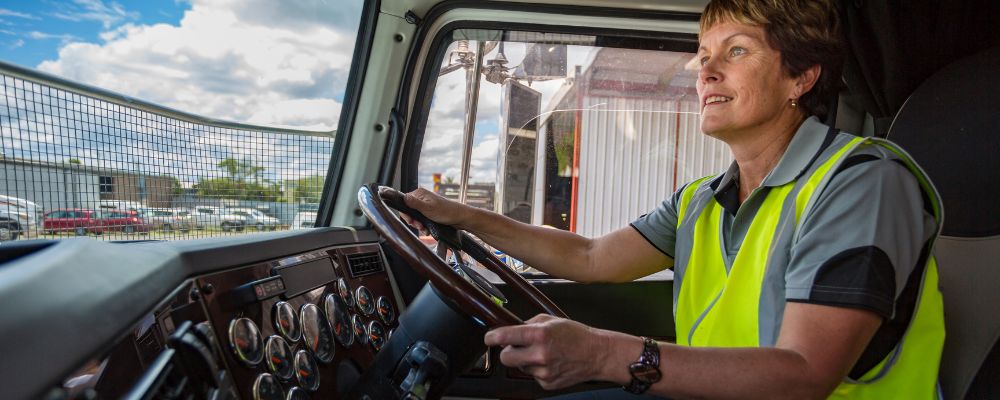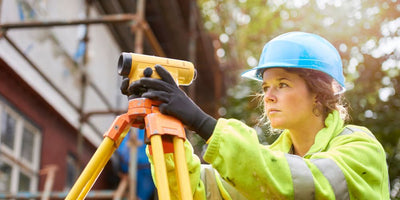In today's fast-paced work environments, visibility is paramount to ensuring safety. High-visibility (hi-vis) clothing has emerged as a crucial line of defense, shielding workers from potential hazards. This comprehensive guide explores the intricacies of selecting the appropriate hi-vis apparel, be it safety vests or safety shirts, tailored to meet the stringent requirements of various industries.
Understanding Hi-Vis Clothing Standards
The American National Standards Institute (ANSI) and the International Safety Equipment Association (ISEA) have established the ANSI/ISEA 107 standard, which sets the performance requirements and design standards for hi-vis safety apparel. This standard categorizes hi-vis clothing into Types and Performance Classes based on the work environment and visibility needs.
Type O (Off-Road) is intended for controlled environments away from public roadways and includes only Class 1, suitable for low-risk settings with vehicle speeds up to 25 mph.
Type R (Roadway) is designed for workers exposed to traffic or operating near roadways, encompassing Classes 2 and 3, with Class 3 offering the highest visibility for high-speed traffic environments.
Type P (Public Safety), similar to Type R, includes Classes 2 and 3 but is tailored for public safety personnel like police, fire, and EMS, allowing easy access to equipment.
Each class dictates the amount and type of reflective and fluorescent material used, ensuring visibility from various distances and in different light conditions. Class 1 offers the least visibility, Class 2 is for moderate-risk settings, and Class 3 provides the highest visibility for high-risk environments.

Safety Vests: Visibility on the Go
High-visibility safety vests are an indispensable component of personal protective equipment (PPE) that offer numerous benefits in the workplace.
Easy Identification: Hi-vis safety vests enable swift identification of workers in emergencies or disaster scenarios, often featuring company logos for quick recognition.
Increased Visibility: Made with fluorescent colors and retro-reflective tapes, reflective vests ensure the wearer is highly visible from a distance, significantly reducing accident risks.
Worksite Organization: Different colored vests can be assigned to various categories of workers, aiding in efficient management and quick assembly of teams during emergencies.
Weather Protection: The fabric of hi-vis vests is designed to offer comfort in various weather conditions, providing warmth without overheating and fast drying in the rain.
Compliance: Wearing hi-vis vests is often mandated by OSHA to meet workplace safety standards, especially in environments with traffic, construction vehicles, or equipment operation.
Safety Shirts: Comfort and Versatility
High-visibility safety shirts are an essential piece of PPE that enhance worker safety across various industries. In addition to the benefits of safety vests, safety shirts have these additional benefits.
Material Varieties: Available in different materials like micro mesh, birdseye, and jersey, safety shirts cater to different work environments and personal preferences.
Moisture-Wicking: Many safety shirts are made with moisture-wicking fabrics that keep the wearer dry and comfortable by drawing sweat away from the body.
UV Protection: Some safety shirts offer UV ratings of 35+ for added protection against the sun's harmful rays, particularly beneficial for outdoor work.
Diverse Styles: From short-sleeve t-shirts to long-sleeve polo shirts and sweatshirts, safety shirts come in various styles to suit different job roles and personal preferences.

Choosing the Right Apparel
The choice between hi-vis safety vests and shirts depends on several factors, including compliance with ANSI/ISEA standards, work environment, visibility needs, and personal preferences.
Visibility Needs: Consider the level of risk and the speed of surrounding traffic to select the appropriate ANSI class. Class 3 provides the highest visibility and is required for high-speed roadways, while Class 1 might suffice for controlled environments with minimal traffic.
Work Environment: Type R vests are suitable for roadway environments, Type P for public safety tasks, and Type O for off-road settings. Your choice should reflect the specific hazards of your workplace.
Comfort and Practicality: Evaluate the work conditions, weather, and tasks to decide between vests and shirts. Shirts may offer more comfort in certain climates, while vests can be more adaptable for varying weather conditions and ease of movement.

Conclusion
In the pursuit of workplace safety, the adoption of high-visibility apparel is not merely a regulatory compliance measure but a fundamental aspect of ensuring worker safety across various industries. By selecting the appropriate reflective vests or shirts based on industry standards, environmental conditions, and personal preferences, employers and workers can minimize the risk of accidents and injuries, creating a safer environment for all.
FAQs
What are the differences between safety vests and shirts?
Hi-vis safety Vests are more adaptable for layering, easy to put on or remove, and ideal for quick visibility enhancements. Safety shirts offer more body coverage and may include long sleeves for added protection, suitable for varying climates and conditions.
How do I choose the right hi-vis clothing for my needs?
Consider the work environment, the level of risk, and the specific ANSI/ISEA class requirements. For low-risk environments, Class 1 may suffice, while Class 2 or 3 are needed for higher-risk levels. Also, consider the type of garment that would be most comfortable and practical for your work, whether that's a shirt, vest, jacket, or another piece of hi-vis apparel.





